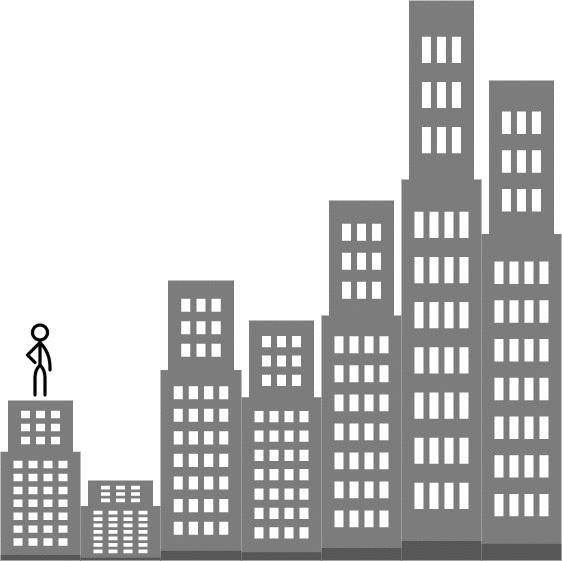Class Solution
- java.lang.Object
-
- g1601_1700.s1642_furthest_building_you_can_reach.Solution
-
public class Solution extends Object
1642 - Furthest Building You Can Reach.Medium
You are given an integer array
heightsrepresenting the heights of buildings, somebricks, and someladders.You start your journey from building
0and move to the next building by possibly using bricks or ladders.While moving from building
ito buildingi+1( 0-indexed ),- If the current building’s height is greater than or equal to the next building’s height, you do not need a ladder or bricks.
- If the current building’s height is less than the next building’s height, you can either use one ladder or
(h[i+1] - h[i])bricks.
Return the furthest building index (0-indexed) you can reach if you use the given ladders and bricks optimally.
Example 1:

Input: heights = [4,2,7,6,9,14,12], bricks = 5, ladders = 1
Output: 4
Explanation: Starting at building 0, you can follow these steps:
-
Go to building 1 without using ladders nor bricks since 4 >= 2.
-
Go to building 2 using 5 bricks. You must use either bricks or ladders because 2 < 7.
-
Go to building 3 without using ladders nor bricks since 7 >= 6.
-
Go to building 4 using your only ladder. You must use either bricks or ladders because 6 < 9.
It is impossible to go beyond building 4 because you do not have any more bricks or ladders.
Example 2:
Input: heights = [4,12,2,7,3,18,20,3,19], bricks = 10, ladders = 2
Output: 7
Example 3:
Input: heights = [14,3,19,3], bricks = 17, ladders = 0
Output: 3
Constraints:
1 <= heights.length <= 1051 <= heights[i] <= 1060 <= bricks <= 1090 <= ladders <= heights.length
-
-
Constructor Summary
Constructors Constructor Description Solution()
-
Method Summary
All Methods Instance Methods Concrete Methods Modifier and Type Method Description intfurthestBuilding(int[] heights, int bricks, int ladders)
-